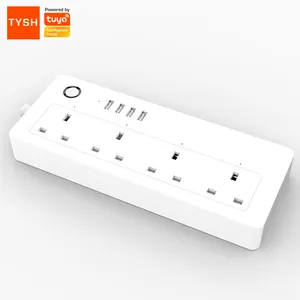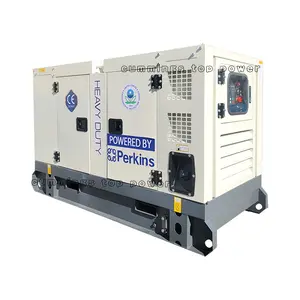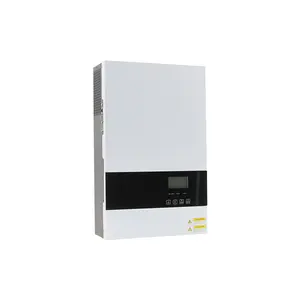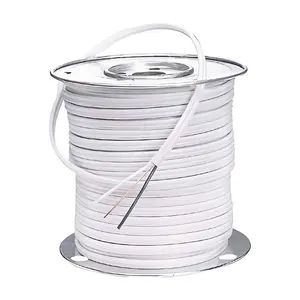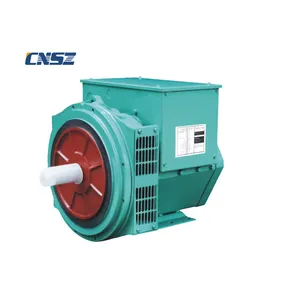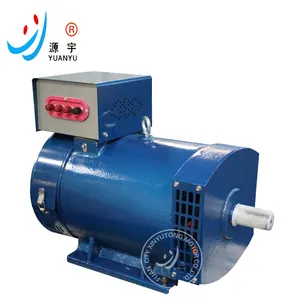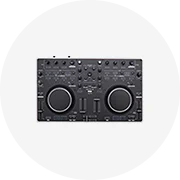Phổ biến trong ngành của bạn






Bvr 2.5 4 6 10 16 mm2 đồng PVC nhà hệ thống dây điện cáp điện và xây dựng dây
0,5631 ₪ - 56,69 ₪
Đơn hàng tối thiểu: 100 Mét







Bvr 1.5mm2 lõi đơn dây đồng BV/BVR 1.5mm 2.5mm 4mm 6mm 10mm dây và cáp điện cho nhà xây dựng điện đồng
0,6007 ₪
Đơn hàng tối thiểu: 1000 Mét
Vận chuyển mỗi chiếc: 13,63 ₪







0.6/1kV ABC Cáp 1/0 2/0 3/0 4/0 nhôm dây dẫn ABC trên không Cáp Triplex thả dây
1,88 ₪ - 8,49 ₪
Đơn hàng tối thiểu: 1000 Mét
Vận chuyển mỗi chiếc: 300,34 ₪







CUL Và CSA Chứng Nhận AWG 14/2, 14/3, 12/2, 10/2 Nmd90 Dây Khu Dân Cư Dây Điện Xây Dựng Dây
1,66 ₪ - 2,86 ₪
Đơn hàng tối thiểu: 3000 Mét







Orange loại nmb 6 AWG 50 amp ngầm không kim loại vỏ bọc dây nhà dây điện xây dựng PVC kraft giấy Băng bị mắc kẹt dây
1,69 ₪ - 75,08 ₪
Đơn hàng tối thiểu: 1000 Mét






Dây NMD90 Dây Cáp HT 14/2 NMD90 6 8 12 14 AWG Dây Cáp Vỏ Bọc Phi Kim Loại Dưới Lòng Đất Dân Dụng Điện C.S.A.
2,63 ₪ - 5,64 ₪
Đơn hàng tối thiểu: 1000 Mét



Nmd90 dây nmd90 14/2 HT cáp 6 8 12 14 AWG đo điện dân cư ngầm không kim loại vỏ bọc dây cáp
56,31 ₪ - 112,62 ₪
Đơn hàng tối thiểu: 2 Hộp các tông
Vận chuyển mỗi chiếc: 218,40 ₪






Qianhao bán buôn 6 AWG mềm linh hoạt Silicone dây 6 đo cách điện rắn Conductor 3200*0.08 mét giá tốt"
0,7508 ₪ - 1,88 ₪
Đơn hàng tối thiểu: 100 Mét
Vận chuyển mỗi chiếc: 41,03 ₪










Phẳng bện dây nối đất Băng Dia 0.05 mét đồng trần PVC 220V bị mắc kẹt dây Rắn Đồng Trần 6 AWG Trần cáp đồng 70 mm2
Sẵn sàng vận chuyển
7,14 ₪
Đơn hàng tối thiểu: 50 Mét
Vận chuyển mỗi chiếc: 5,26 ₪
Các danh mục hàng đầu
Giới thiệu về 6 awg dây ngầm
Mua 6 awg dây ngầm từ các nhà cung cấp đáng tin cậy trên Alibaba.com và nhận sản phẩm được giao tận nơi. Những dây này có thể hữu ích trong các hộ gia đình cũng như trong nhiều ngành công nghiệp. Chúng chuyển đổi điện năng thành nhiệt năng bằng cách sử dụng một dây điện có độ bền cao. Có nhiều loại sản phẩm có sẵn ở dạng thẳng và dạng cuộn để đáp ứng các yêu cầu về độ dẫn điện.
Có nhiều 6 awg dây ngầm bao gồm các vật liệu khác nhau và có kích thước khác nhau để mua trên Alibaba.com. Các dây được làm bằng kim loại như nichrome, đồng hoặc các hợp kim khác. Các đặc tính của kim loại ảnh hưởng đến hoạt động của thiết bị tổng thể và các ứng dụng tiếp theo của chúng. Các tùy chọn phổ biến nhất là dây nichrome vì bản chất lý tưởng của chúng. Chúng không chỉ có khả năng chống chịu cao mà còn tạo thành một lớp oxit xung quanh, do đó bảo vệ các lớp bên trong. Dây Kanthal là một lựa chọn khác và bao gồm nhôm, crom và sắt. Để sưởi ấm ở nhiệt độ thấp, dây cupronickel là lý tưởng.
6 awg dây ngầm được sử dụng rộng rãi do có nhiều đặc tính mong muốn mà chúng có. Chúng có thể chịu được nhiệt độ cực cao, chống lại quá trình oxy hóa và chống lại sự ăn mòn từ các yếu tố môi trường như độ ẩm. Chúng có một số ứng dụng trong gia đình như lò nướng bánh mì hoặc máy sấy tóc. Chúng cũng hữu ích trong các ngành công nghiệp khác nhau bao gồm hàng không vũ trụ, chẩn đoán y tế và xây dựng. Một số kiểu máy cung cấp hệ thống sưởi đường đi, hệ thống sưởi sàn và hệ thống sưởi mái.
Hãy chọn từ danh sách độc quyền của 6 awg dây ngầm để tìm sản phẩm chất lượng tốt nhất đáp ứng yêu cầu. Những loại dây này rất linh hoạt và có một số ứng dụng trong cả hộ gia đình và công nghiệp. Chúng có cấu trúc ổn định, chịu được nhiệt độ cao và được tạo ra để tồn tại trong thời gian dài. Truy cập Alibaba.com và nhận các sản phẩm cao cấp cho các yêu cầu sưởi ấm với giá cả phải chăng.
Có nhiều 6 awg dây ngầm bao gồm các vật liệu khác nhau và có kích thước khác nhau để mua trên Alibaba.com. Các dây được làm bằng kim loại như nichrome, đồng hoặc các hợp kim khác. Các đặc tính của kim loại ảnh hưởng đến hoạt động của thiết bị tổng thể và các ứng dụng tiếp theo của chúng. Các tùy chọn phổ biến nhất là dây nichrome vì bản chất lý tưởng của chúng. Chúng không chỉ có khả năng chống chịu cao mà còn tạo thành một lớp oxit xung quanh, do đó bảo vệ các lớp bên trong. Dây Kanthal là một lựa chọn khác và bao gồm nhôm, crom và sắt. Để sưởi ấm ở nhiệt độ thấp, dây cupronickel là lý tưởng.
6 awg dây ngầm được sử dụng rộng rãi do có nhiều đặc tính mong muốn mà chúng có. Chúng có thể chịu được nhiệt độ cực cao, chống lại quá trình oxy hóa và chống lại sự ăn mòn từ các yếu tố môi trường như độ ẩm. Chúng có một số ứng dụng trong gia đình như lò nướng bánh mì hoặc máy sấy tóc. Chúng cũng hữu ích trong các ngành công nghiệp khác nhau bao gồm hàng không vũ trụ, chẩn đoán y tế và xây dựng. Một số kiểu máy cung cấp hệ thống sưởi đường đi, hệ thống sưởi sàn và hệ thống sưởi mái.
Hãy chọn từ danh sách độc quyền của 6 awg dây ngầm để tìm sản phẩm chất lượng tốt nhất đáp ứng yêu cầu. Những loại dây này rất linh hoạt và có một số ứng dụng trong cả hộ gia đình và công nghiệp. Chúng có cấu trúc ổn định, chịu được nhiệt độ cao và được tạo ra để tồn tại trong thời gian dài. Truy cập Alibaba.com và nhận các sản phẩm cao cấp cho các yêu cầu sưởi ấm với giá cả phải chăng.
